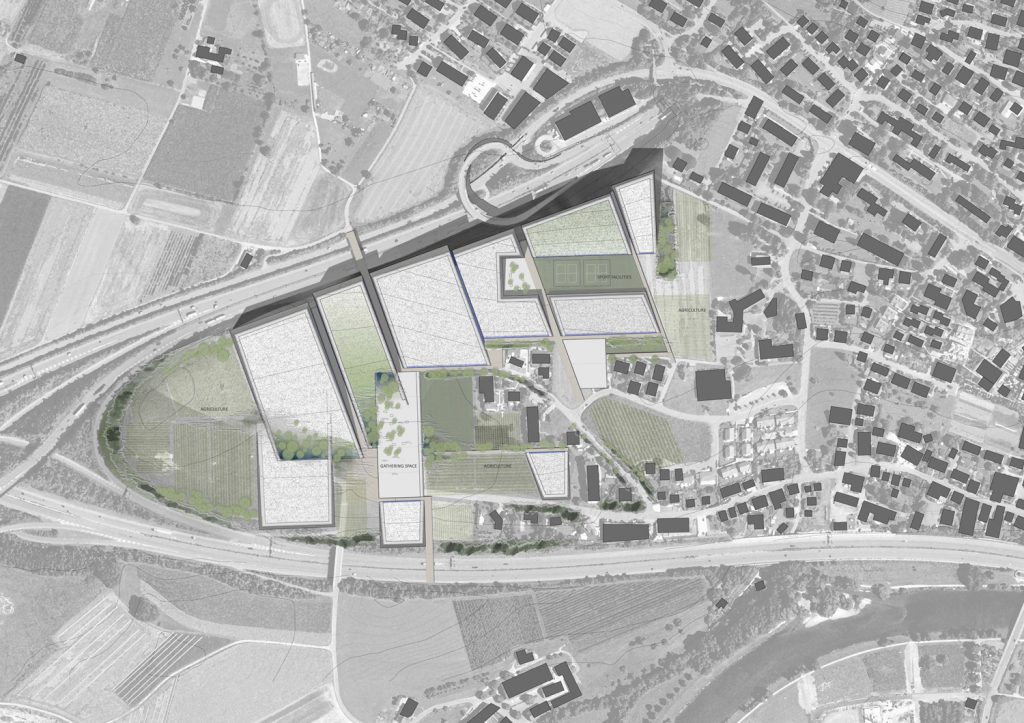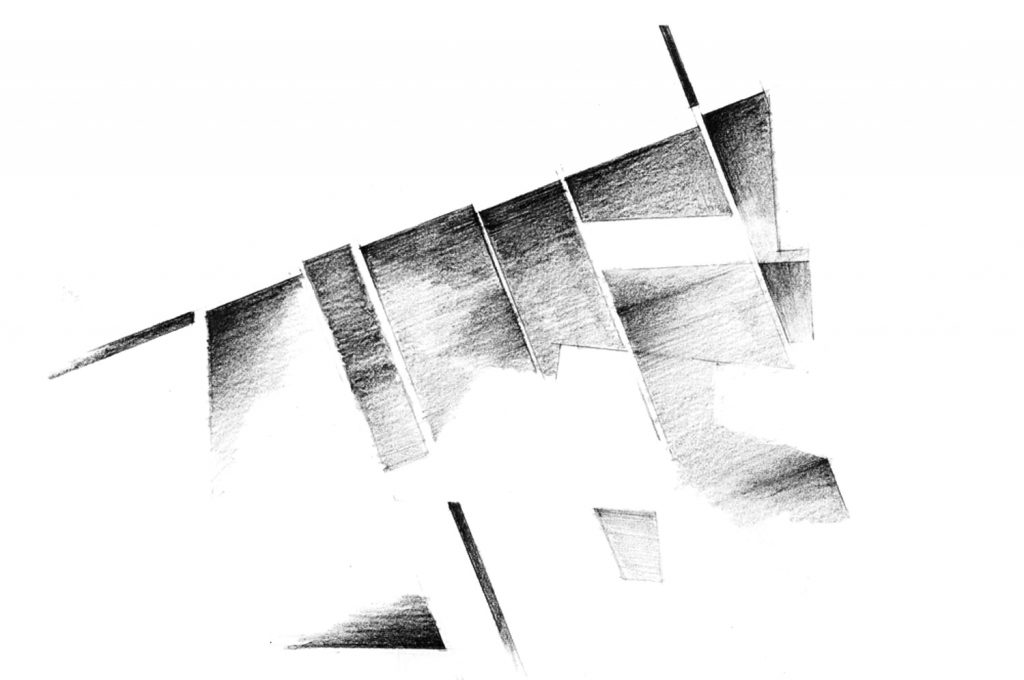The goal of the final synthesis of the MAS LA year 2011 – 2012 was the experimental use and combination of all tools within an individual project. We challenged the students to go beyond the boundaries of conventional domains and test the tools in analysis, design, and visualization.
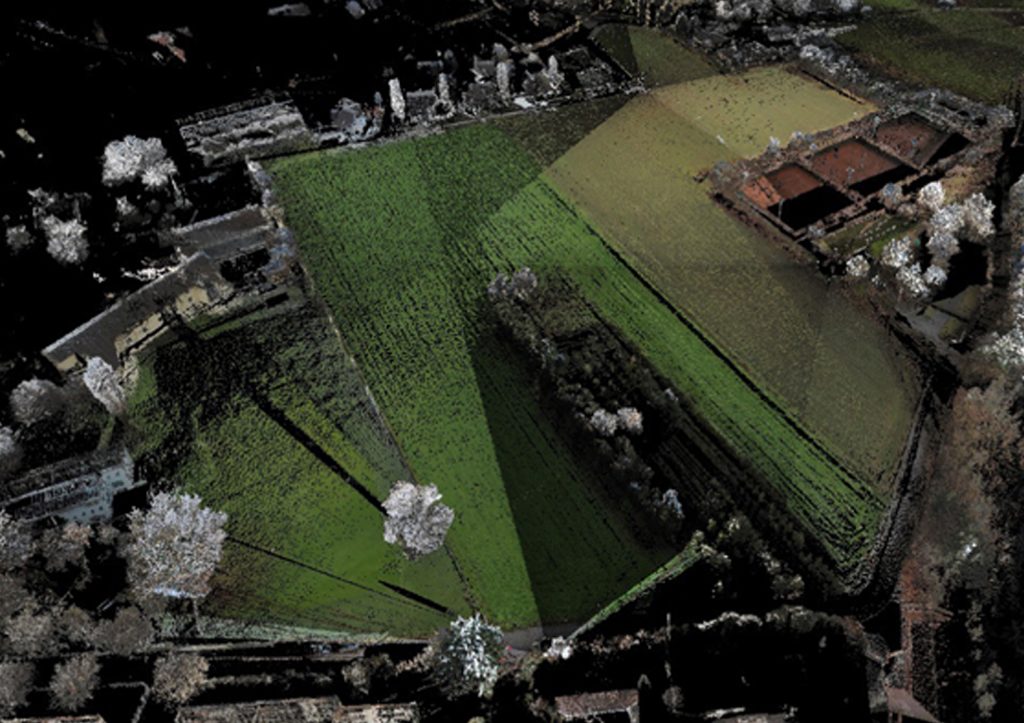
The programs and different CAAD/CAAM techniques, which the students have become acquainted with in the different modules, complement each other and should be applied and recombined to explore new design methodologies in their final project. The concluding module acts as a test case for the questions or agenda which have been defined during the MAS LA teaching year.
In 2007, it was announced that the Gubrist Tunnel, northwest of Zurich, would be increased by three lanes to allow for the future expansion of the Zurich-Bern highway system, one of Switzerland‘s main highways.
The programs and different CAAD/CAAM techniques, which the students have become acquainted with in the different modules, complement each other and should be applied and recombined to explore new design methodologies in their final project. The concluding module acts as a test case for the questions or agenda which have been defined during the MAS LA teaching year.
Gubrist Realm | A Project by Ankita Thaker
The design approach of the project was to create a holistic mound, which would transform over time and seasons. The form of this mound evolved out of existing highway borders, topography, material characteristics, surface water drainage, shadows, and horizons. The concept was to keep the gravel-like grey material as it was and create a network of veins to collect water from the surface and guide it to the lowest area on site.
The design mainly functioned at two scales: firstly within the greater topographical context and secondly in terms of local surface modulation.The mound was generated using Grasshopper and Rhino, translated into physical scaled models with CNC milling, and tested through tools to achieve precision and scale comprehensibility.
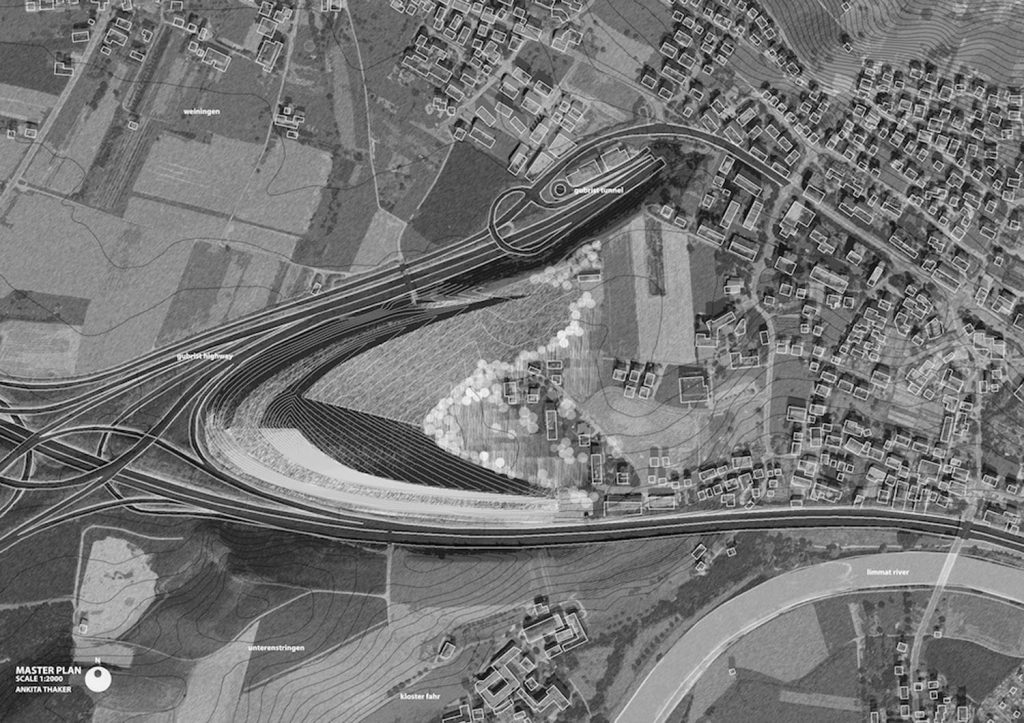
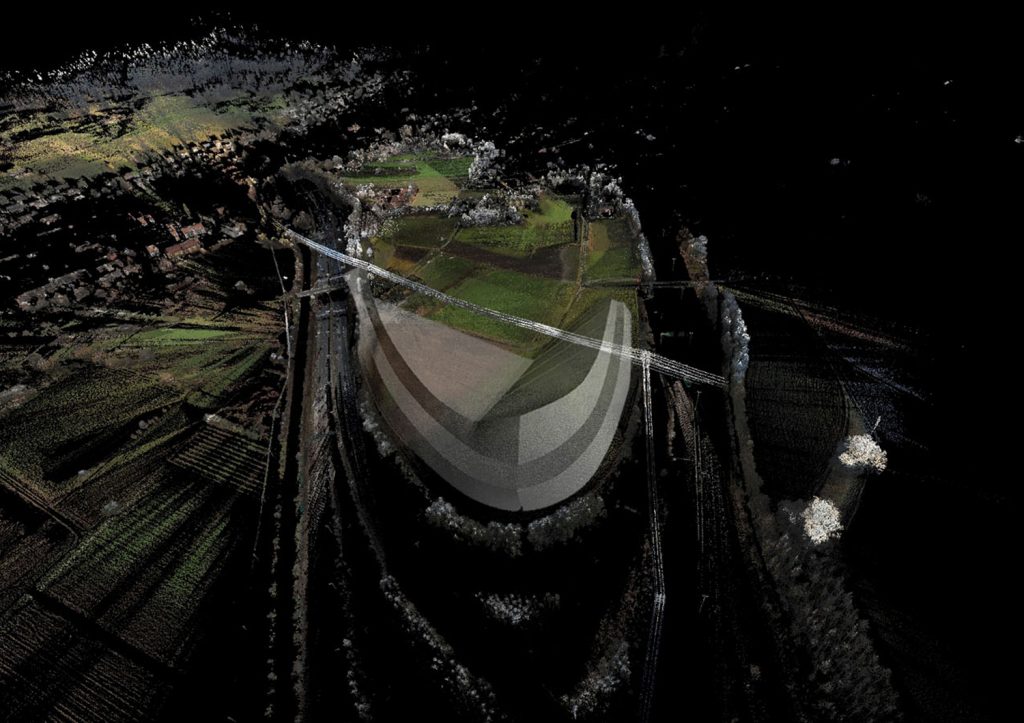
Enclosure | A Project by Ioulia Goula
The aim of the project is to redefine an area by distributing the Gubrist Tunnel’s excavation material. Along the highway the material creates a bordering wall, creating a landscape that encloses the center and protects the area from sound.Using Processing (a scripting language) as a tool, a script was programmed that reads black and white images as height information. The program can read the adapted images and create terrains, while at the same time the script keeps the same volume of material.
The aim of the project is to redefine an area by distributing the Gubrist Tunnel’s excavation material. Along the highway the material creates a bordering wall, creating a landscape that encloses the center and protects the area from sound.Using Processing (a scripting language) as a tool, a script was programmed that reads black and white images as height information. The program can read the adapted images and create terrains, while at the same time the script keeps the same volume of material.
